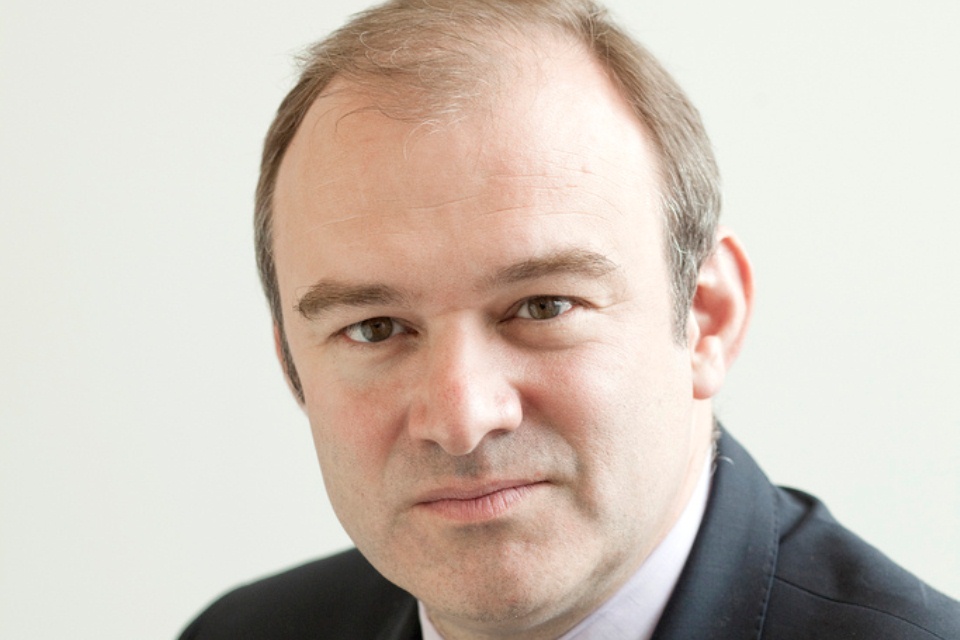Publication of the community energy strategy
Written Ministerial Statement by Edward Davey on the publication of the Community Energy Strategy.

The Government is today publishing the Community Energy Strategy and I will be depositing copies of it in the Libraries of the House.
This is the first ever Community Energy Strategy published by a UK Government. It sets out the role that communities can play in helping to meet the UK’s energy and climate change challenges, including supporting a sustainable and secure energy system; reducing UK greenhouse gas emissions; and lowering consumer bills. Publication of the Strategy will meet a commitment in the Programme for Government to “encourage community-owned renewable energy schemes where local people benefit from the power produced.”
Community energy covers many different types of community getting involved in different ways to help meet the UK’s energy challenges. The Community Energy Strategy sets out how communities are already coming together to generate electricity and heat, reduce energy use, save money on the energy they buy, and balance supply and demand.
The document brings together existing policies and initiatives with new actions to provide a coherent package of support across the spectrum of community energy.
Supporting communities to access finance
Access to finance can be a serious issue for community energy projects, and the Strategy announces a new Urban Community Energy Fund, a non-rural counterpart to the existing Rural Community Energy Fund administered by the Waste and Resources Action Programme (WRAP). This new fund will provide communities in England with access to ‘at risk’ finance for the early stages of projects, enabling community electricity and heat projects to progress to the point at which they can attract further investment and derive an income through the existing Feed in Tariff (FIT) and Renewable Heat Incentive (RHI) schemes.
The Government has already announced an increase in the threshold for FITs from 5MW to 10MW for community projects, and I will shortly be consulting on the details of implementation. Additionally, the Strategy announces that the UK has recently opened discussions with the European Commission about the possibility of including small-scale onshore wind and small-scale hydro energy sectors within the approved scope of operation of the Green Investment Bank.
Helping community energy scale up through strong partnerships
The Strategy recognises the enabling role that partners such as commercial developers and local authorities can play, and seeks to encourage partnerships to increase the reach and scale of community energy. It announces our expectation that by 2015 it should be the norm for interested communities to be offered some level of ownership of new, commercially-developed onshore renewables projects.
Better information and advice on community energy
Currently capability and capacity barriers can hold back community energy. Therefore, we will be commissioning a new information resource for community energy in England. This will be developed with community energy groups using a business model that enables it to become self-sustaining. This follows the £500,000 community energy peer mentoring fund launched by the Cabinet Office in November last year.
Community action on energy saving and advice
The Government has already announced an expansion of the Green Deal Communities scheme to £80m. In addition, the Strategy announces a competition to incentivise community groups to develop new approaches to saving energy and money and a package of community energy advice pilots to provide new support for community energy saving schemes.
Help to navigate regulatory barriers
The Community Energy Strategy lays the foundations for future work by my Department to support this sector. We have established several working groups to explore how to reduce unnecessary barriers to communities in navigating regulation related to community energy. I will also be establishing a dedicated Community Energy Unit within DECC to lead on this policy area.
Alongside the Community Energy Strategy, I am publishing a research report outlining the scale and geographical distribution of community energy in the UK.
Community energy has real potential to help keep energy costs down for consumers and tackle the rising cost of living. The package of support announced in this Strategy will help realise this potential: supporting communities to take control of the energy they use, get a better deal on the energy they buy and cut bills by generating their own renewable energy.